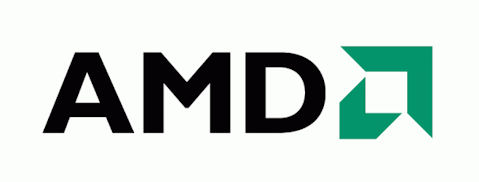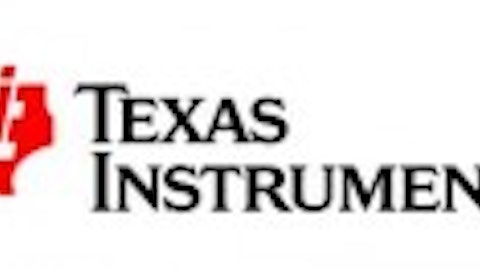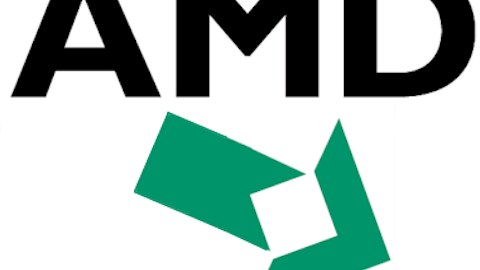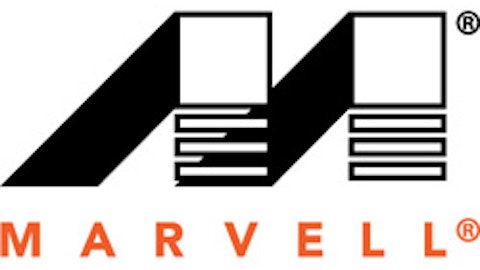The best thing about the stock market is that you can make money in either direction. Historically, stock indexes have tended to trend up over the long term. But when you look at individual stocks, you’ll find plenty that lose money over the long haul. According to hedge fund institution Blackstar Funds, even with dividends included, between 1983 and 2006, 64% of stocks underperformed the Russell 3000, a broad-scope market index.
A large influx of short sellers shouldn’t be a condemning factor for any company, but it could be a red flag from traders that something may not be as cut-and-dried as it appears. Let’s look at three companies that have seen a rapid increase in the number of shares sold short and see whether traders are blowing smoke or if their worry has some merit.
| Company | Short Increase July 15 to July 31 | Short Shares as a % of Float |
|---|---|---|
| Advanced Micro Devices, Inc. (NYSE:AMD) | 30.2% | 20% |
| iShares Dow Jones US Home Const. (ETF) (NYSEARCA:ITB) | 77% | N/A |
| Gold Fields Limited (ADR) (NYSE:GFI) | 52.7% | 0.8% |
Source: The Wall Street Journal, N/A = ETFs do not have a fixed number of shares in their float.
Things are getting chippy
Advanced Micro Devices, Inc. (NYSE:AMD) almost looked as if it wouldn’t make it to the end of 2013 at this time last year, but it’s beginning to put some of those naysayers at bay. I admit that for a very long time I was quite pessimistic on AMD given its inferior position to Intel Corporation (NASDAQ:INTC) in microprocessors with regard to market share (Intel maintains 85% of market share in microprocessors) and when comparing both companies’ cash flow, where Intel is able to make considerably larger investments in R&D and reward shareholders with a 4% yield. But the tide is changing…

The real exciting news as of Advanced Micro Devices, Inc. (NYSE:AMD)’s latest quarterly results is that it anticipates being profitable again next quarter thanks to stringent cost-cutting and new products driving graphic solutions growth. AMD is by no means as cheap as it appeared last year, but it’s not a company I would consider betting against with the heart of its turnaround beginning to take shape.
This is a problem…
Talk about an odd divergence that should certainly have homebuilding investors on edge. In the latest U.S. housing data, we saw a widening divergence between positive data, such as the National Association of Homebuilders Index, which hit a nearly eight-year high, and negative data like new home sales, which hit a nine-month low and fell 13.4% to an annually adjusted rate of 394,000. Which one tells the real story? I believe the answer lies in the current interest rates.
Since early May, lending rates have been on a steady incline and now stand more than 100 basis points off their lowest levels. While still historically low by all standards, consumers have become spoiled by low interest rates and quickly shied away from this “dramatic” rise in rates. Since May, mortgage originations have fallen by more than 50%. The housing industry is counting on low lending rates to drive continued expansion. If the Federal Reserve does choose to end its monetary easing program known as QE3, I feel there’s a strong possibility that lending rates will normalize at even higher levels, which would pose a serious problem to future growth in the homebuilding sector.
Another worrisome factor for the Dow Jones U.S. Home Construction ETF is its holdings, which have large weightings in what I consider some very questionable homebuilders. Now, I’m not talking about Lennar Corporation (NYSE:LEN) or D.R. Horton, Inc. (NYSE:DHI), which have done a marvelous job of managing their margins and inventory. Instead, I’m talking about approximately 10% of this ETF’s holdings in PulteGroup, Inc. (NYSE:PHM) and another 8% in Toll Brothers Inc (NYSE:TOL), which have both been more of an adventure than an investment over the past decade. PulteGroup, for instance, saw net new orders for the second quarter actually fall 12% and has been profitable on an annual basis only once over the past six years.
To me, this looks like an ETF that certainly deserves some attention by short sellers.
Costs are a concern
Mining stocks have definitely taken it on the chin in 2013 as global commodity prices have tanked and labor costs have jumped. No miners have seen this to a greater extent than Africa-based gold miners like Gold Fields Limited (ADR) (NYSE:GFI). Although Gold Fields does have operations in Peru and Australia, it’s the company’s mining costs in Ghana and South Africa that are crushing its margins.
In Gold Fields Limited (ADR) (NYSE:GFI)’ most recent quarterly results, the company reported a $129 million loss, primarily due to impairments on existing gold assets, but also reported a very concerning total all-in operating cost of $1,572/oz. If gold remains under $1,400/oz. for any extended period of time, Gold Fields is going to have a very difficult time maintaining profitability, even with cost-cutting.
Looking ahead, Gold Fields Limited (ADR) (NYSE:GFI) has reduced its capital expenditures from $130 million to just $80 million and through a reduced mining schedule hopes to get its all-in costs down to around $1,300/oz. Unfortunately, with potentially lower output and reduced margins, short sellers may wind up with the upper-hand here even if gold finds its footing and rallies a bit. African miners of all forms are a big gamble moving forward until labor costs are brought under control.
Foolish roundup
This week is all about whether or not a turnaround will stick for these three stocks. For homebuilders that are heavily reliant on record-low lending rates and Gold Fields Limited (ADR) (NYSE:GFI), which needs a big rally in gold prices, I could see plenty of bumps in the road. For Advanced Micro Devices, Inc. (NYSE:AMD), it won’t be a perfect rebound, but a return to profitability and big wins in both new gaming consoles should have short sellers shaking in their boots.
The article Shorts Are Piling Into These Stocks. Should You Be Worried? originally appeared on Fool.com.
Fool contributor Sean Williams has no material interest in any companies mentioned in this article. You can follow him on CAPS under the screen name TMFUltraLong, track every pick he makes under the screen name TrackUltraLong, and check him out on Twitter, where he goes by the handle @TMFUltraLong.The Motley Fool recommends and owns shares of Intel. It also owns shares of Microsoft.
Copyright © 1995 – 2013 The Motley Fool, LLC. All rights reserved. The Motley Fool has a disclosure policy.





